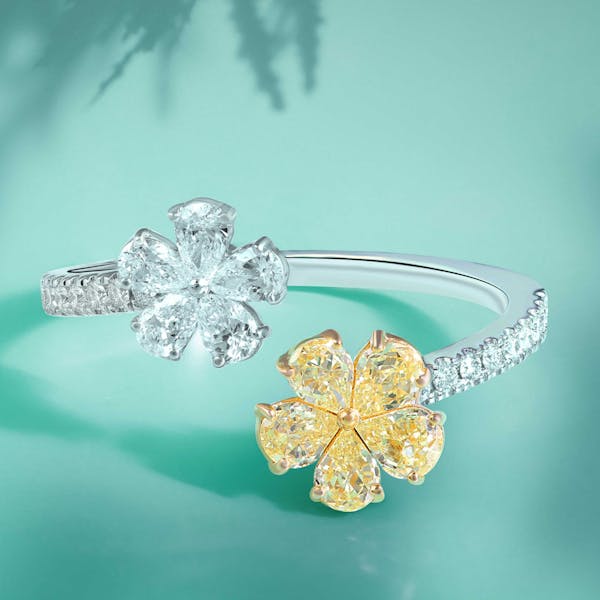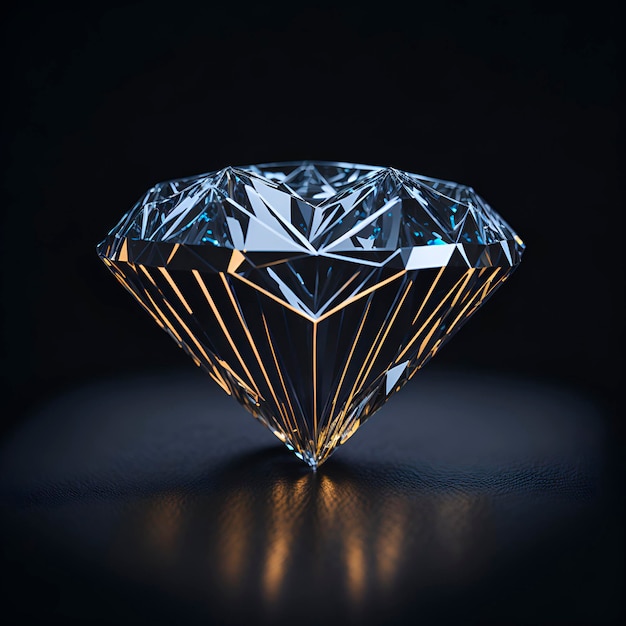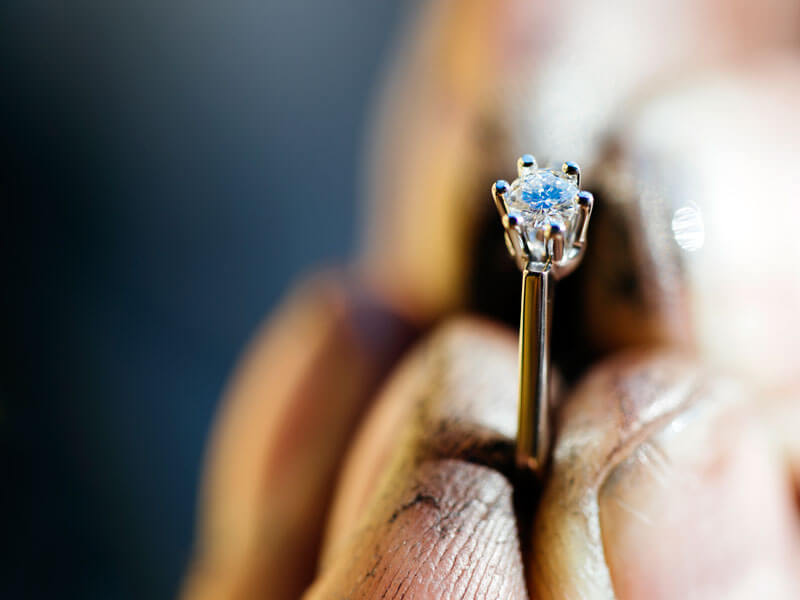Unveiling the Truth Behind Blood Diamonds vs. Lab Diamonds

In the realm of precious stones, diamonds reign supreme as symbols of eternal love, sophistication, and luxury. However, beneath their sparkling facade lies a dark reality that many consumers may not be aware of: the existence of blood diamonds. At the same time, there’s a growing buzz around an alternative that’s shaking up the diamond industry – lab-grown diamonds. In this comprehensive guide, we delve deep into the stark differences between these two types of diamonds to help you make an informed decision that aligns with your values and preferences.
What are Blood Diamonds?
What Are Blood Diamonds, also known as conflict diamonds, are mined in war zones, often by exploited laborers under oppressive conditions. These diamonds fuel conflicts, fund armed groups, and perpetuate human rights abuses. The allure of these diamonds is often overshadowed by the devastating toll they take on communities and the environment.
The Dark Side of Blood Diamonds
The journey of a blood diamond begins with unethical mining practices, including forced labor, child exploitation, and environmental degradation. These diamonds are used to finance armed conflicts, leading to widespread suffering and instability in regions where they are sourced. Consumers who purchase blood diamonds inadvertently support these atrocities, perpetuating a cycle of violence and exploitation.
Introducing Lab Diamonds
Contrary to blood diamonds, lab-grown diamonds offer a sustainable and ethical alternative that is revolutionizing the diamond industry. These diamonds are cultivated in controlled laboratory environments using advanced technology that replicates the natural diamond-growing process. The result is a diamond that is chemically, physically, and optically identical to mined diamonds, without the ethical concerns.
The Advantages of Lab Diamonds
Lab-grown diamonds offer numerous benefits over their mined counterparts. They are conflict-free, eco-friendly, and socially responsible. By opting for lab diamonds, consumers can make a positive impact by supporting ethical practices and sustainable development. Additionally, lab-grown diamonds often come at a lower price point than natural diamonds, making them accessible to a wider audience without compromising on quality or beauty.
Key Differences between Blood Diamonds and Lab Diamonds
Origins
Blood diamonds are mined from conflict zones where human rights abuses are rampant, while lab-grown diamonds are cultivated in controlled laboratory settings without harming communities or the environment.
Ethical Considerations
Blood diamonds are associated with human rights violations, exploitation, and conflict financing, whereas lab-grown diamonds are produced ethically and sustainably, promoting fair labor practices and environmental stewardship.
Environmental Impact
The mining of blood diamonds contributes to deforestation, water pollution, and habitat destruction, whereas lab diamonds have a significantly lower environmental footprint, requiring fewer resources and producing less waste.
Quality and Value
Lab-grown diamonds exhibit the same exceptional quality, brilliance, and durability as mined diamonds, offering consumers a guilt-free alternative at a competitive price point.
Making an Informed Choice
When choosing between blood diamonds and lab-grown diamonds, it’s essential to consider the ethical, environmental, and social implications of your purchase. By opting for lab-grown diamonds, you can enjoy the beauty and prestige of diamonds while supporting sustainable practices and responsible sourcing.
The Future of Diamonds
As consumer awareness grows and ethical considerations become paramount, the demand for lab-grown diamonds is expected to rise. These diamonds represent the future of the industry, offering a transparent, ethical, and environmentally conscious alternative to traditional mined diamonds.
Conclusion
In the age of ethical consumerism, the choice between blood diamonds and lab-grown diamonds carries profound implications. By choosing lab-grown diamonds, consumers can take a stand against exploitation and support a more sustainable and responsible diamond industry. Together, we can pave the way for a brighter, more ethical future where the beauty of diamonds is not tarnished by human suffering and environmental degradation.



